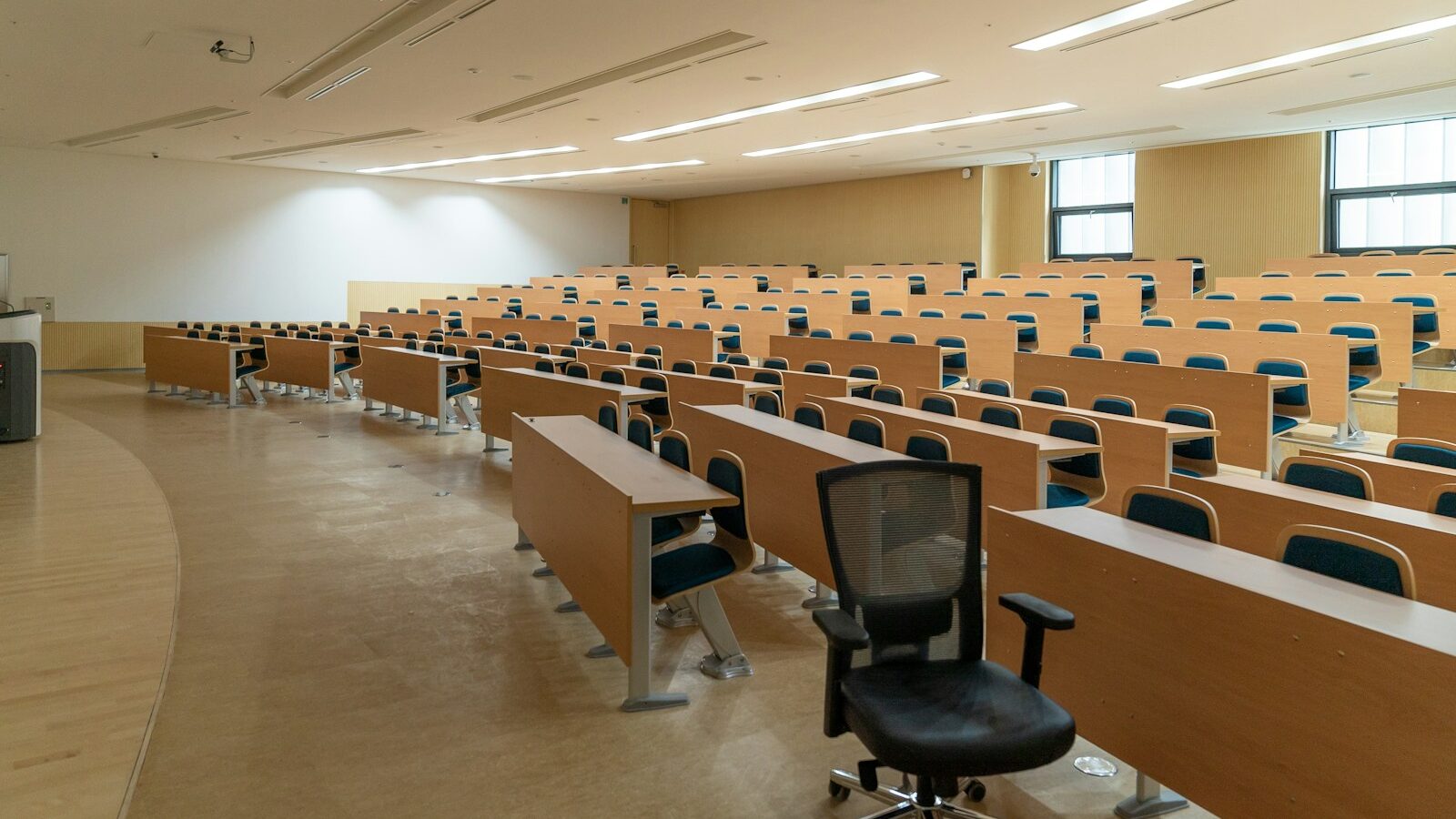This issue was tackled in-depth in our latest report, ‘Workplace trends of 2015: What they mean for you,’ which has been produced in association with Acas and the CIPD, and looks at five key workplace trends for the year ahead and explores what they mean for HR professionals. Each trend has three expert contributions. We look at one of the trends here and pick out key points from each contribution.
Will flexible forms of working be the answer to work-life balance?
Steve Williams, Head of Equality at Acas, starts his piece pointing out both the positive and negative connotations of flexibility but says that the workforce and the government is very much focused on the positive benefits of flexible.
He points to MIT research that suggests showing your face at work really does make a difference – those who work from home may end up getting lower performance reviews or being passed over for promotion because of a lack of ‘passive face time.’ This type of unconscious bias in managers needs to be addressed, says Steve, if flexible working is to form the springboard for better work-life balance.#
MIT research suggests that showing your face at work really does make a difference.
Ksenia Zheltoukhova, Research Adviser at the CIPD, highlights the organisational benefits of flexible working, including being better able to manage fluctuations in demand and improve attraction of talent. Ksenia adds that recent CIPD research suggests only one in 10 organisations don’t offer flexible working.
She also looks at some of the statistics around employee expectations. Looking at the profile of an ‘ideal career’ as reported by UK employees in 2005 and 2014, nine out of 10 workers are consistentently interested in having a social life away from work, as opposed to built around work, and 86% of employees in 2014 would like to have a clear boundary between work and home, compared to 82% in 2005.
Ultimately Ksenia highlights an ‘output-based’ approach to flexible working, based on mutual trust, as a valuable option for organisations.
Verity O’Keefe, Employment and Skills Policy adviser at manufacturers’ association EEF, highlights a flexible and adaptable workforce as crucial to the success of manufacturers and adds that flexible working has become the norm in the modern manufacturing workplace.
Flexible working must facilitate discussions between employer and employee which result in finding the most suitable approach.
She adds that to be successful in the workplace, flexible working must facilitate discussions between employer and employee which result in finding the most suitable approach. Seven in 10 manufacturers agree, according to Verity, that the co-operative relationship between management and their workforce helps them achieve the flexibility they need.
There’s much more on flexible working from these three authors, plus four other trends with different contributors, in the full report.
Download the full ‘Workplace trends of 2015: What they mean for you’ report produced by HRZone, Acas and the CIPD.










